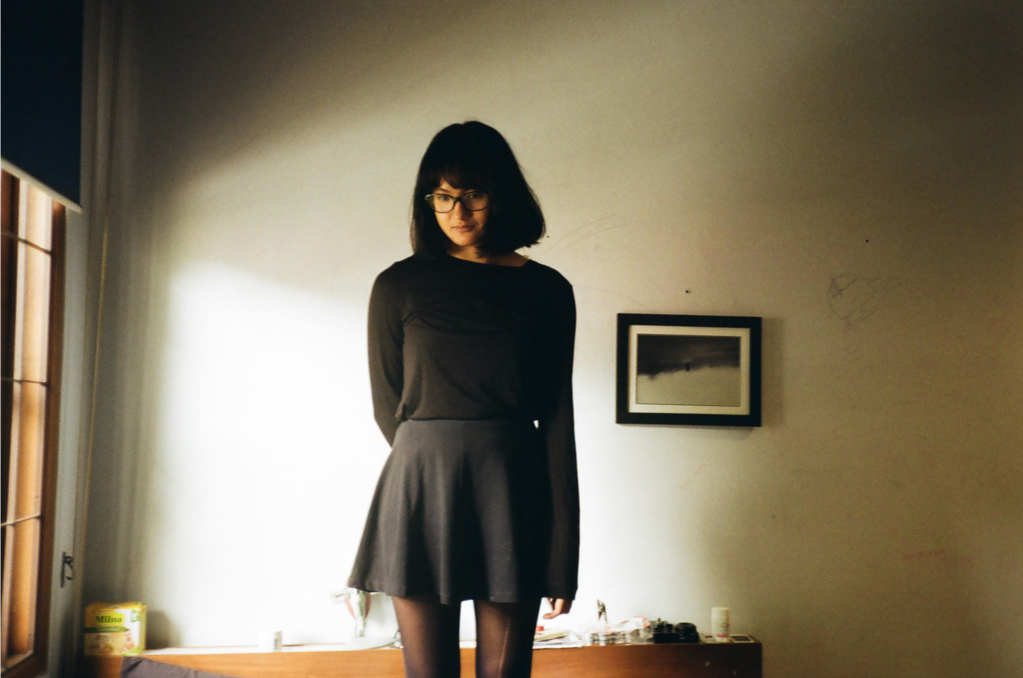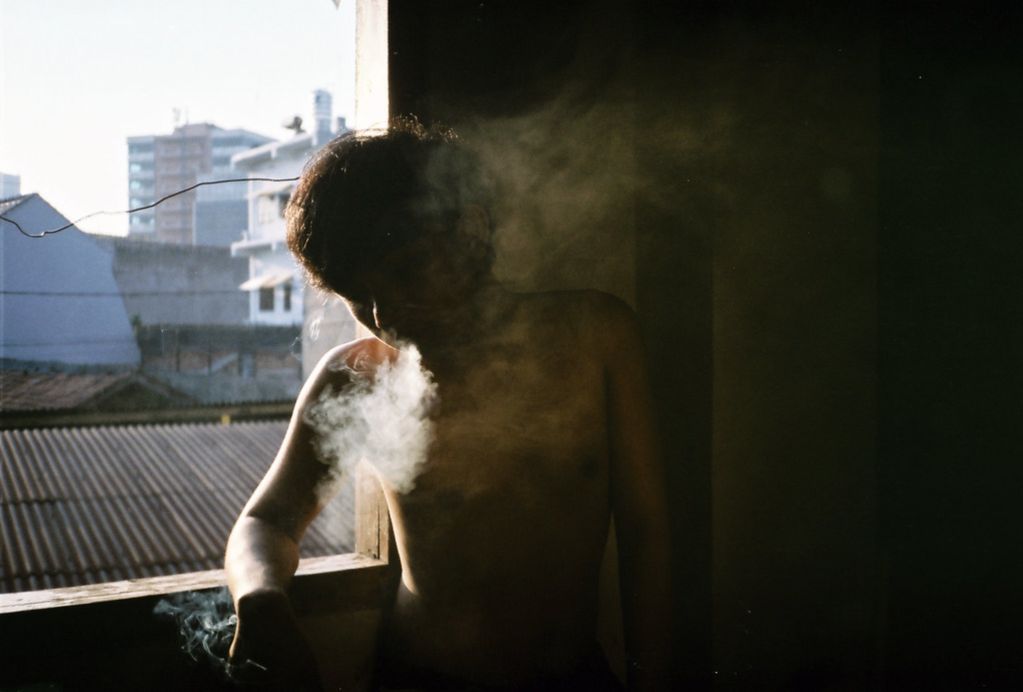By Lee Chang Ming
[This article was first published on Nope Fun on 24 May 2020]

q: Give a short introduction of yourself.
a: My name is Asrul, based in Jakarta, Indonesia. I work for an independent news agency as a producer. Let me think about any interesting facts about me… when I was in elementary school, a friend of mine once shot me with a bird-hunting gun, the kind that you have to pump it up before shooting. The bullet went into the skin next to my right eyebrow. I had to spend several hours in surgery for that and several days skipping school, thanks to him.

q: A Stream Under The Table deals with mental illness and its stigma. You have also described your process as a collaboration with the people in the images. How do you portray an invisible issue in the photographic medium?
a: It was also a question for me, how to approach that project. Most of the images of mental health issues were pretty grim, as one of the subjects said. She also thought that I would photograph the sad and horrifying aspect of mental health, which wasn’t my intention from the beginning. That was why I had difficulties approaching the issue. I knew what I didn’t want to do, but I had no idea what to do.
After several conversations with each of the subjects, I decided to focus more on portraits. By using portraits, I intend to portray them as who they really are, not just focusing on their issues. I didn’t direct them what to do, how to pose in my photos, or what to wear. All I wanted to capture is a sense of who they are, which is not that different from us; they are still people. Yes, they have mental health issues, but they aren’t defined merely by their problems. By doing so, it has given me a chance to actually portray the issue in a subtle and dignified way.
Even though the series focused more on the portraits, I also added some metaphorical imagery to help us understand more about their mental state or their individuality.

q: I’m interested in how you view your self-portraits. Self-portraiture includes an element of the artist looking at oneself and sometimes an element of performance. You seem to use it to express or deal with personal subjects. Any thoughts on this?
a: Actually, I started photography mostly by doing self-portraits. At that time, I spent most of my time in my room… at some point, my family thought that I started using drugs. I was just not in a good place mentally. It was my last year in university, I had nothing else to do, except trying to finish my thesis because I had to. I don’t remember exactly, but I started to photograph myself, doing whatever my mind and body urged me to do in front of the camera. I felt a sense of relief–finally, I could let everything out without shouting or screaming.
Then, I put those photos online and got nice feedback from random people. I wasn’t really aware that self-portraiture was a thing at that time. It felt nice to be appreciated, I guess. It also encouraged me to do more, take pictures of myself, read more about taking a portrait of myself. That’s when an element of performance came into play: rather than doing it spontaneously, I began to take photos more elaborately.
I did this self-portrait series called The Sweet Agony of Narcissism (why did I think this is a good title?). It’s a series about an excessive need for admiration by exploiting and putting my whatever bad feelings or mental suffering out there. At the same time, it was also an enjoyable process. I think, because of that element of performance in self-portraiture, I could also use it as a disguise, or even to raise a question whether that was a real feeling or not.

q: Do you think your experience in literature and theatre influenced your photography?
a: I think so, there’s a lot of subtext in photography, more than what meets the eye, same as literature and theatre, I think. At least it helps me to create the arc of a series, the different possibilities or structures to articulate a story.
q: Photographic equipment?
a: Yashica T5D and Olympus Mju II Zoom 80.

q: Any artists or photographers inspiring you right now?
a: Wolfgang Tillmans, Thomas Ruff, Nan Goldin, Ryan McGinley and Mary Ellen Mark, etc.
q: Upcoming projects or ideas?
a: Before this pandemic shut down the entire world, I was about to start a project about BDSM.

You must be logged in to post a comment.